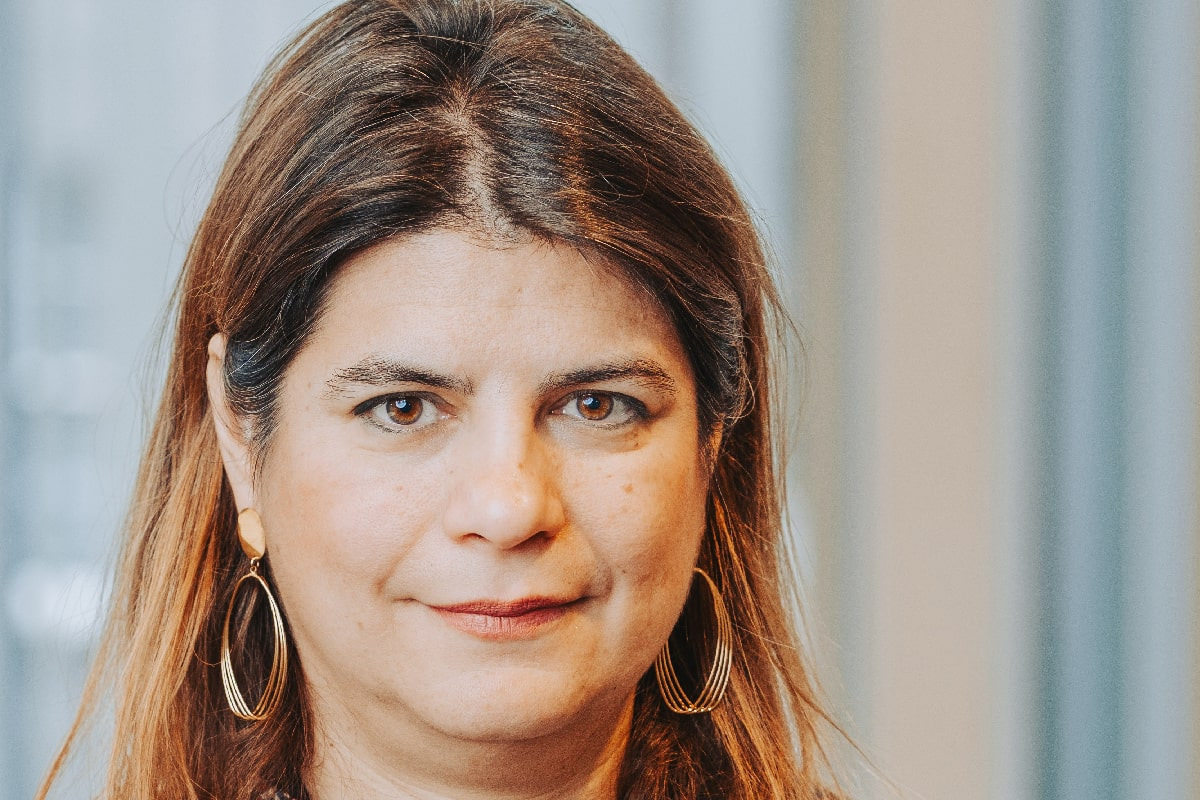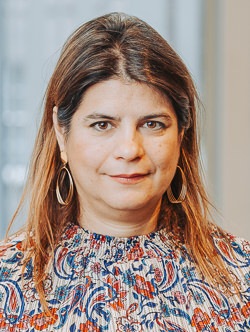
Can you give a brief summary of your career to date, and the journey that brought you here to us at the University of Edinburgh Business School?
From my undergraduate degree in Maths through to finishing up my PhD in Operational Research, I studied in my home city of Seville. Back then, that felt natural for my family, since financially it is much cheaper than studying in a different city. Seville is also a great place to study my research areas, and is home to several professors there have international recognition and publish in the top international journals. I then found a job in University Carlos III de Madrid, but when the crisis hit Spanish universities, I considered moving to a place where I could get job stability and research opportunities to thrive. At UEBS I felt appreciated by the value of my research, and UK has given me great opportunities to develop as a research leader. For example, I led the EPSRC-funded First Grant, which was a great first push for leading or participating in other research projects.
If you had to give your ‘elevator pitch’ and explain in layman terms what your research and/or teaching focuses on, how would you answer?
In 2000, when I started my PhD, I witnessed how the increasing capacity that companies had to store data was changing our world. I got captivated by the hot-topic term of those days: “Data Mining” (a metaphor for extracting information from data as the miner extract gems from earth). The term has since evolved, but I believe that the metaphor is still valid: ‘Machine Learning’ to ‘Big Data’ to ‘Data Science’, all the way to ‘Artificial Intelligence’.
In my research in particular, I develop novel Artificial Intelligence models that are easier to interpret but still accurate in making predictions. I do that using a special type of mathematical model called optimisation models. Optimisation models are design for finding the best decision/choice among a large set of options, defined by constraints, and according to a defined criteria. There are challenges in the algorithms used for the search, but also in mathematically modelling the constraints and the criteria. Those models can be used in applications as varied as finding the best routes for a fleet of vehicles, or managing inventory. I have also researched on those applications, but my favourite application aims to making artificial intelligence simpler or easier to explain.
With regard to your work, is there anything exciting in the pipelines that you are working on?
I am working with one theoretical piece where I link the existing mathematical models for inventory management with workforce management. From a practical point of view I do not like the idea of treating people as inventory, it sounds horrible. However, the beauty of mathematics is about abstraction: playing with something that is just formulae, numbers and calculus can lead to theorems that link one mathematical model to another, so same model can help better decision making even in situations that are different in practice.
What do you enjoy most about your teaching and research? What challenges and excites you across both?
For me teaching is more challenging than research! I teach students with different background culturally and academically, and their minds are set for practice, not for theory. I need to help them connect the practical outcomes they want with the mathematical theories they need to understand to apply the correct models. This is challenging, but it is very regarding. At the beginning of my career, when I was a tutor during my PhD it was hard because my mind worked differently to the students. Over the years I have developed many educational tools and learned a lot about how these students think and learn. Nowadays I am proud of the teacher I am, but keep on thinking on how to improve and adapt to new students.
What do you enjoy most about working at UEBS?
I really enjoy the diversity of research areas that the School excels in. I learn a lot from my colleagues (especially across in Finance and Marketing), and I like keeping updated on what the hot topics and the big research challenges are in different disciplines.
What advice would you give to your younger self, about to leave home and embark upon further education?
“Believe in yourself”. It took me many years to be proud of my intelligence, believe in my ideas and have confidence on my strengths. I now have a daughter and giving this advice to her is one of my main life aims. But it is hard to make her listen. Reading and listening to talks about the ‘impostor syndrome’ has helped me a lot.
Academia is full of people, mainly men, that often show overconfidence. Under-confidence is so rarely shown that makes you feel even weaker, making the effect stronger. Lack of confidence is not uncommon in academia. I believe that making it visible, and understanding it is not a weakness, will help academic culture and wellbeing of female and male researchers.
What one book, piece of music and beloved item would you take with you to a Desert Island?
I would bring a blank book, a notebook, to write my thoughts and experiences and to re-read them many times. The piece of music would be ‘La leyenda del tiempo’, a pop-flamenco work famous on the 80s. Since the book I chose is in blank, the lyrics by Lorca (sung by Camaron) would be perfect combination. My beloved item is a shawl knit by my mother for my daughter when I was pregnant.
If you could invite anyone over for dinner (past/present) who would it be and why?
Ailsa Land and Alison Doig. They developed one of the three main algorithms in Operational Research, Branch and Bound. This algorithm, published in 1960, is still the corner stone of the algorithms used in specialised software for solving optimisation problems. Although their algorithm is widely recognised as one of the key contributions in the disciplines and a must-taught in courses on the topic, their personal recognition did not come properly until mainly a few years ago.
If you could visit anywhere in the world, where would it be and why?
I used to like travelling a lot before I had my kids, but now what I really enjoy is to take them to places that link us to our roots. I am looking forward to when they grow out of the car-sick problems so that we can do a trip around Andalucia, visiting the places where I grew up and inspired me when I was their age.
UEBS Research - Dr Belen Martin-Barragan
Belen Martin-Barragan discusses her research in Machine Learning, focusing on creating highly predictive models that are easier to explain, ensuring individuals' rights to receive explanations for significant decisions in the era of artificial intelligence.

Reader in Management Science